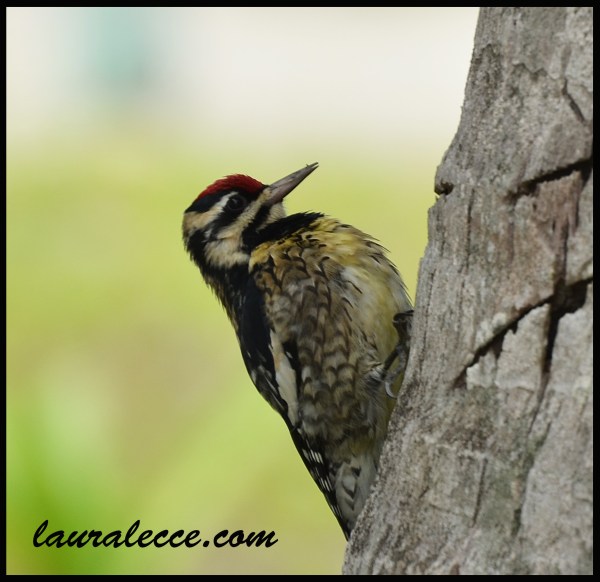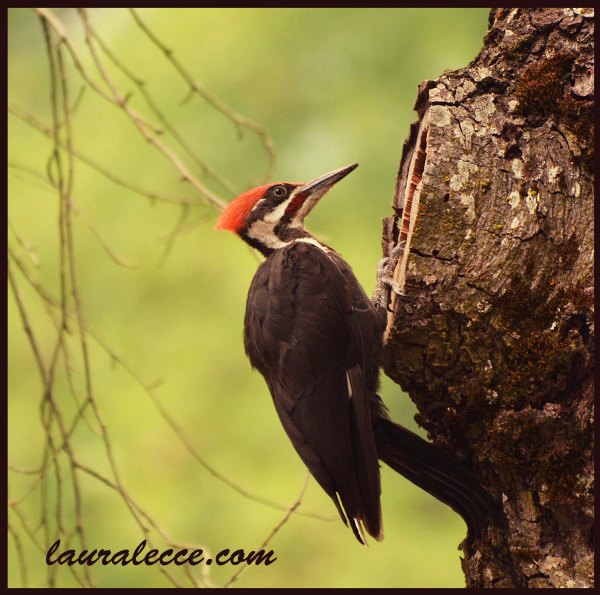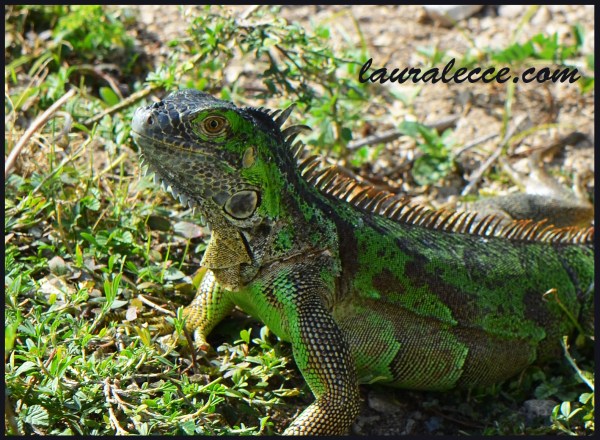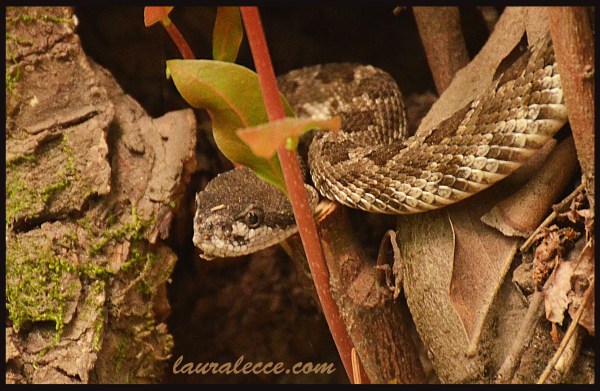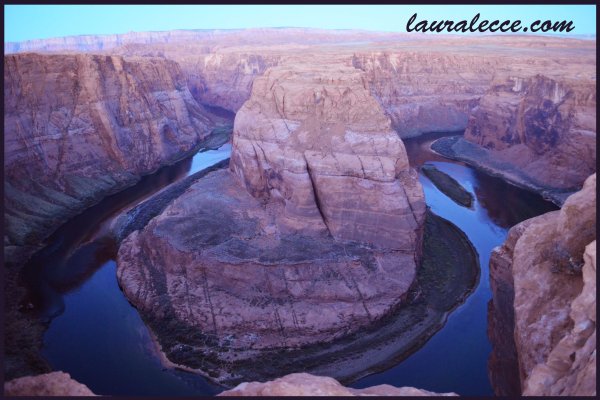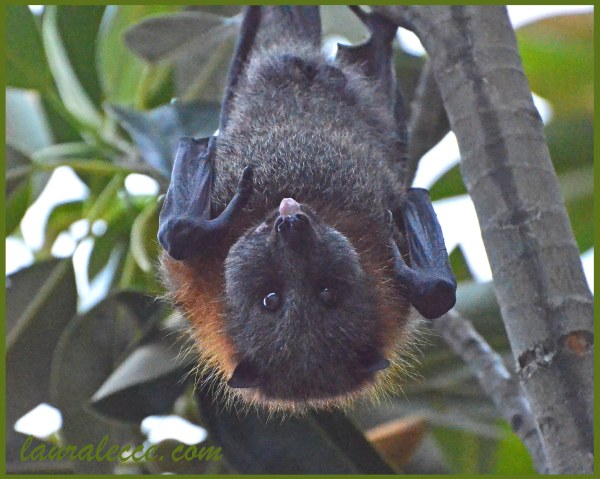
Ok, so to those of you that hate bats, hopefully I can change your mind with these two very cute photos. In inner Sydney an hour before sunset the sky is full of winged creatures called flying foxes (also known as a fruit bat), which is one of Australia’s mega-bats. This particular type is native to Australia and is called a Grey-headed flying fox (typically a grey head with a neck collar of orange-brown fur). These little guys might be bigger than you think, with adults having an average wingspan of 1 meter (3.3 ft). They settle on the giant fig trees when in fruit, and if you are anywhere near, you will hear them squabbling loudly at each other. Unlike micro-bats they don’t use sonar to get around, they use their eyes an ears like we do and can see in the dark as good as a cat can. If you watch them closely enough you will see how cute they are, hanging upside-down and watching you while munching on a fig, which also means they poke their tongue out a lot. To me the photo below is just like an adorable teddy bear. They love nectar, pollen and fruits and are vital to maintaining the ecosystem by dispersing the seeds. I hope you also see how adorable a bat can really be once you get past the whole night creature with leathery wings.



